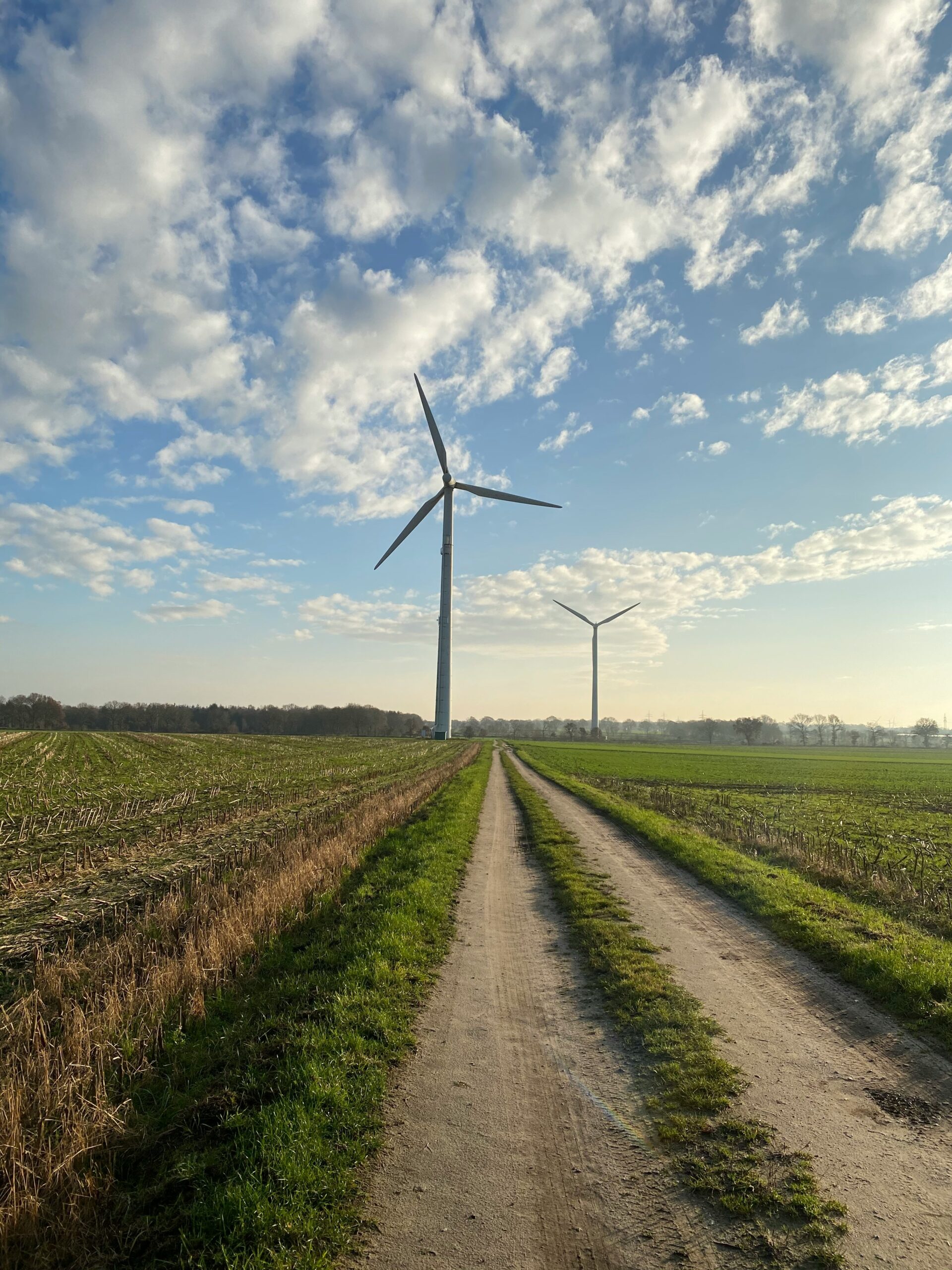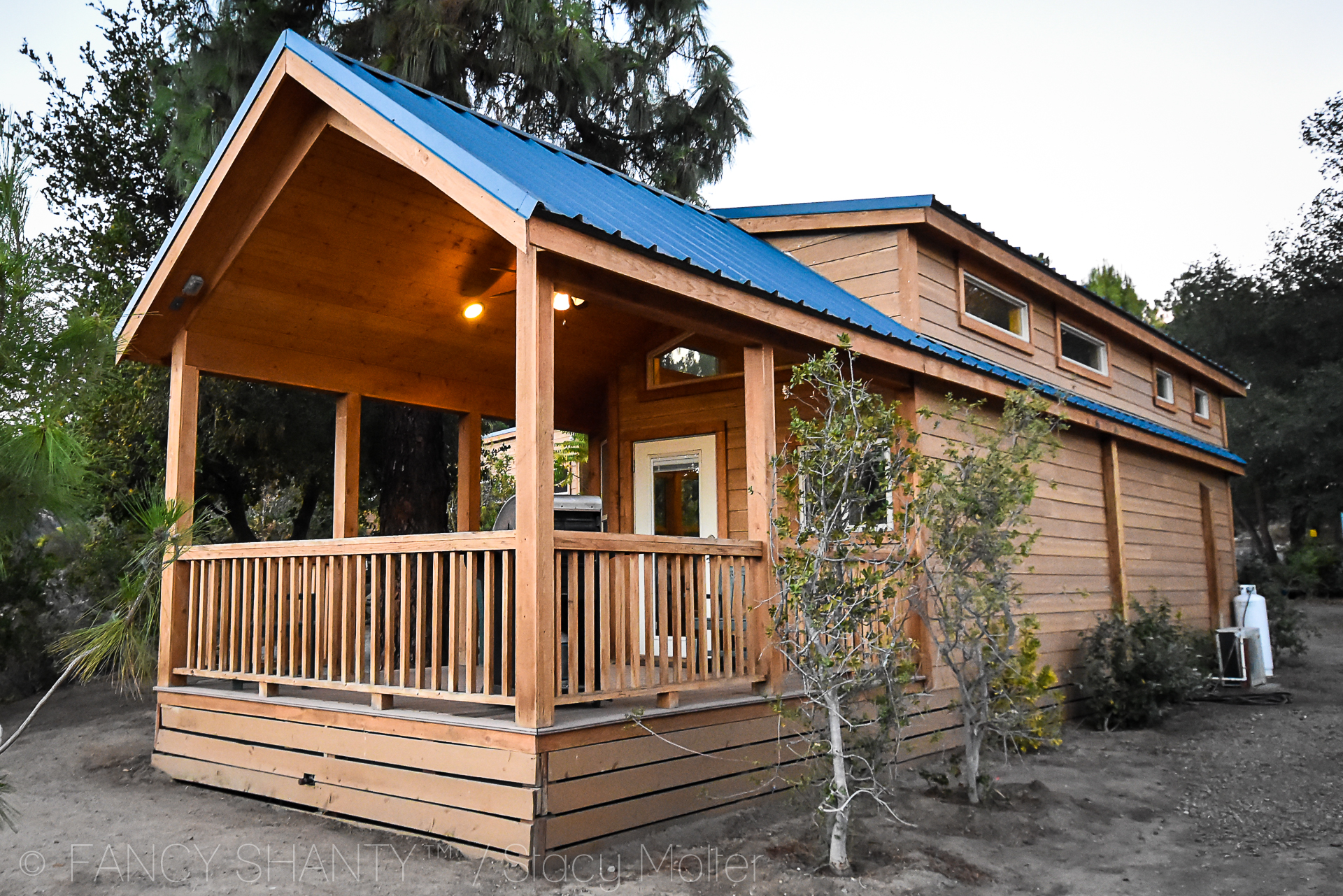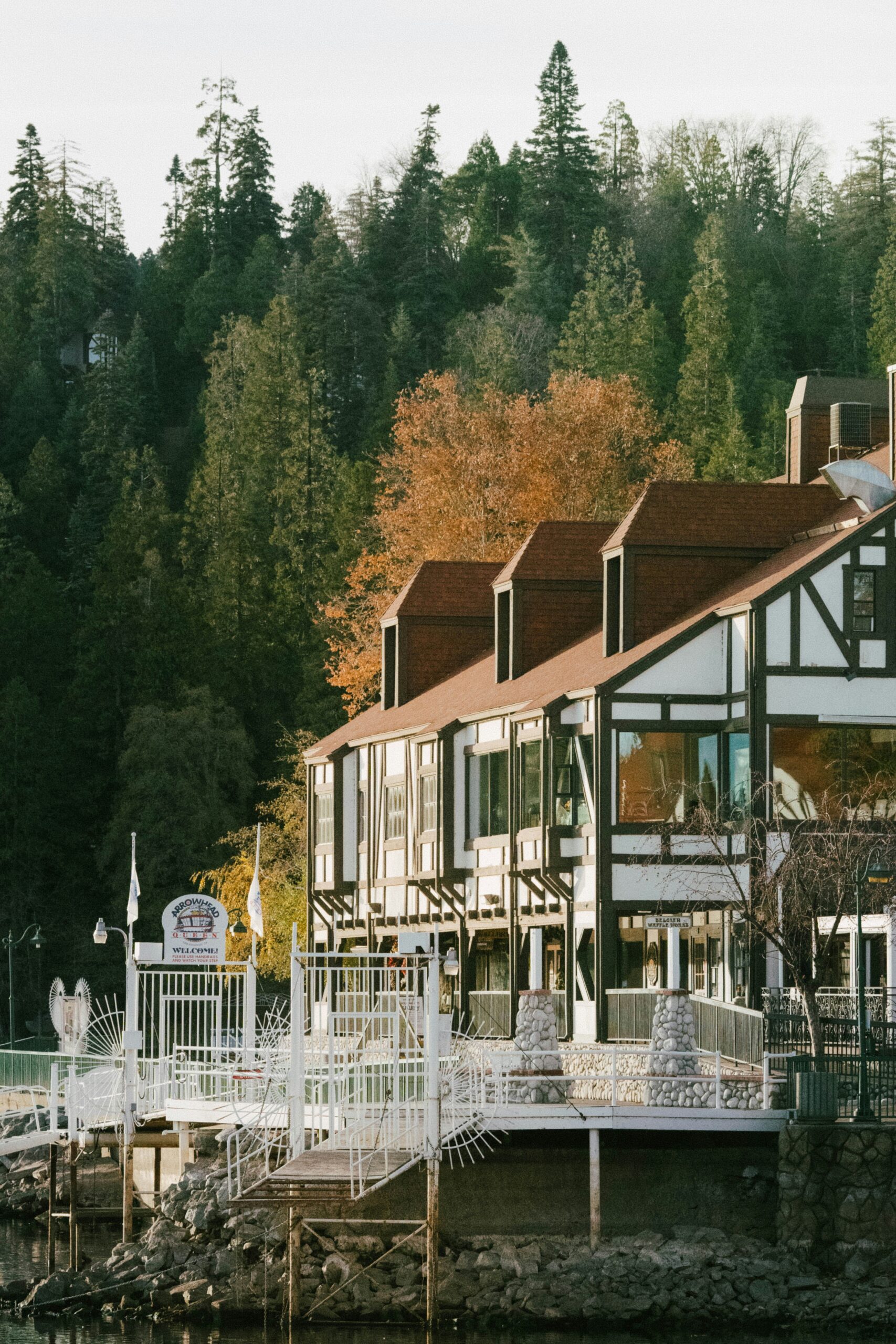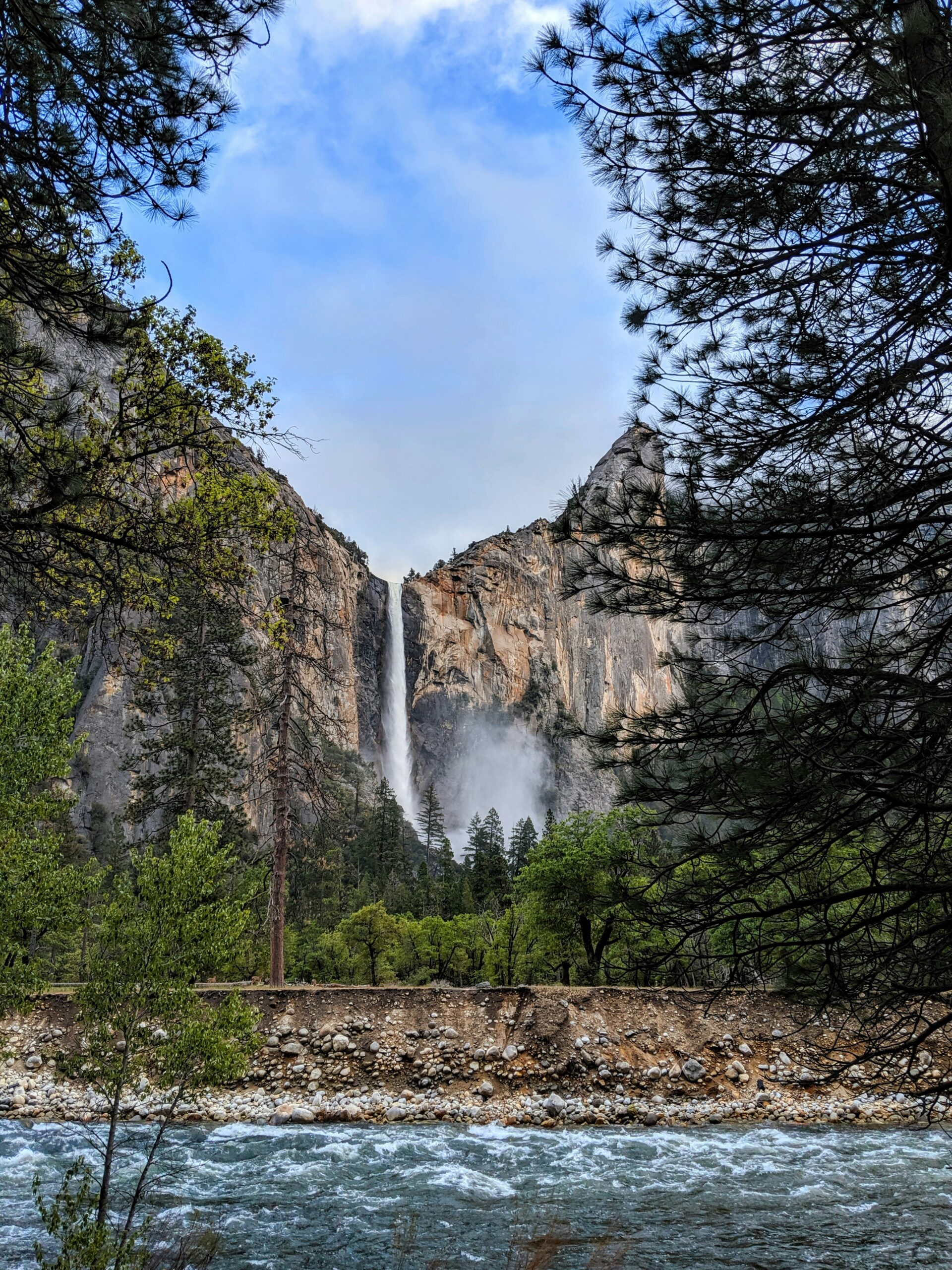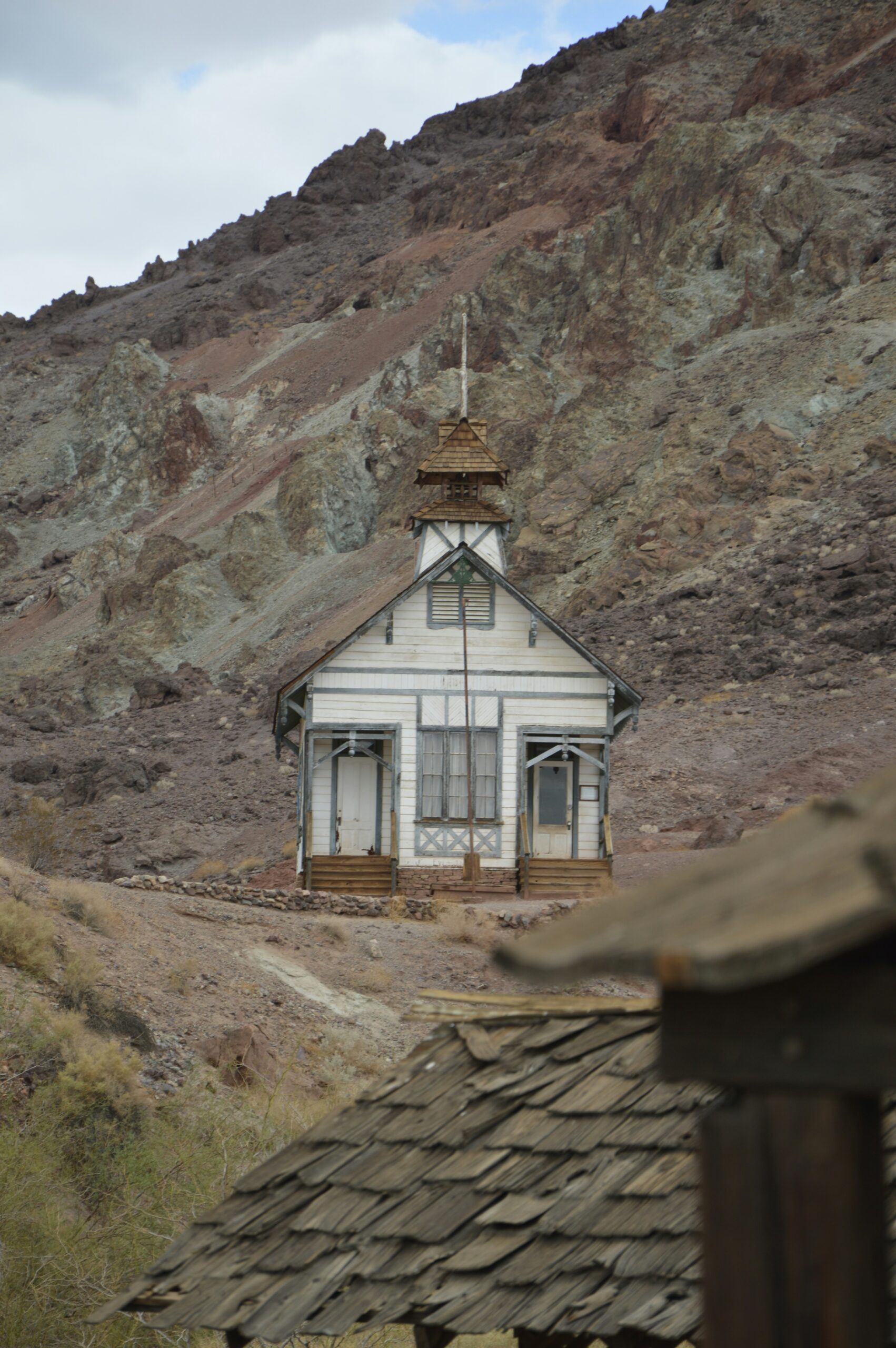Secrets of the Abandoned Windmills California: Hidden History in the Desert Breeze
California's windswept landscapes hide a secret – abandoned windmills that once promised a clean energy revolution. You might spot these silent sentinels dotting the hills, remnants of ambitious wind energy projects from decades past.
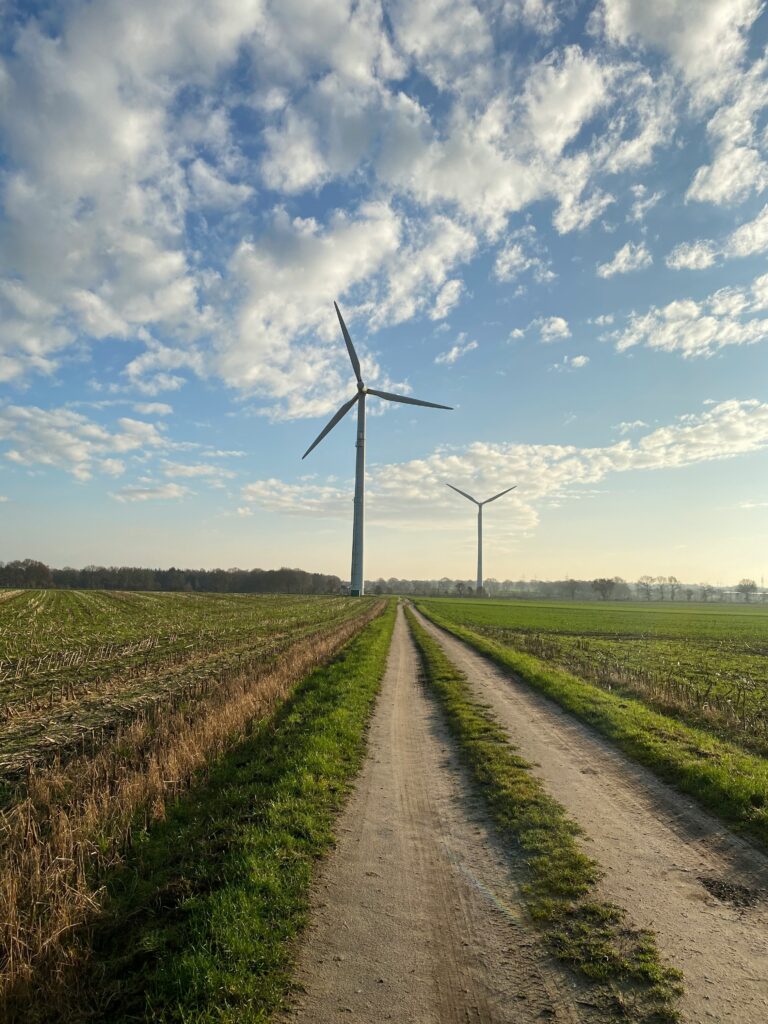
The wind turbines in Tehachapi and Altamont were pioneers of California's wind energy rush in the 1970s and 1980s, but many now stand idle. These early attempts at harnessing wind power faced technical challenges and changing economic factors, leaving behind a haunting vista of dormant turbines.
As you explore these abandoned wind farms, you'll discover a fascinating chapter in California's quest for renewable energy. The weathered blades and rusting towers tell a story of innovation, setbacks, and the evolving nature of green technology. While some areas have been revitalized with modern turbines, others remain frozen in time, inviting you to ponder the past and future of wind energy in the Golden State.
Secrets of the Abandoned Windmills California: Hidden History in the Desert Breeze
History of Wind Energy in California
California's wind energy journey spans decades, marked by innovative developments and rapid growth. The state's unique geography and climate made it an ideal location for harnessing wind power.
Initial Development and Growth
You might be surprised to learn that California's wind energy history dates back to the early 20th century. In the 1920s and 1930s, small windmills were used to pump water and generate electricity for remote farms and ranches.
The 1970s energy crisis sparked renewed interest in wind power. You'd have seen a surge in research and development during this time. California took the lead, offering tax incentives and supporting wind energy projects.
By the early 1980s, you could spot the first modern wind farms popping up across the state. These early turbines were smaller and less efficient than today's models, but they paved the way for future growth.
The Rise of Tehachapi and Altamont Pass
Two areas quickly became the epicenters of California's wind energy boom: Tehachapi and Altamont Pass. You'd be amazed by the rapid transformation of these landscapes.
Tehachapi and Altamont Pass became the “granddaddies” of wind energy sites. In the 1970s and 1980s, you'd have witnessed a wind energy rush in these areas.
Altamont Pass, east of San Francisco, saw thousands of turbines installed. You'd have been struck by the sight of windmills dotting the hillsides along Interstate 580.
Tehachapi, located in Southern California, became another hub for wind development. Its strong, consistent winds made it an ideal location for wind farms.
Golden Age of Wind Farms
The 1980s marked the golden age of wind farms in California. You'd have seen a flurry of activity as developers rushed to take advantage of tax incentives.
San Gorgonio Pass near Palm Springs became another major wind energy site. You'd be amazed by the rows of turbines stretching across the desert landscape.
During this time, companies like Kenetech led the charge in wind development. You'd have noticed their turbines becoming a common sight across California's windy regions.
However, the boom didn't last forever. In 1986, many tax credits were repealed, and you'd have seen some wind farmers struggling to stay afloat in the late '80s and '90s.
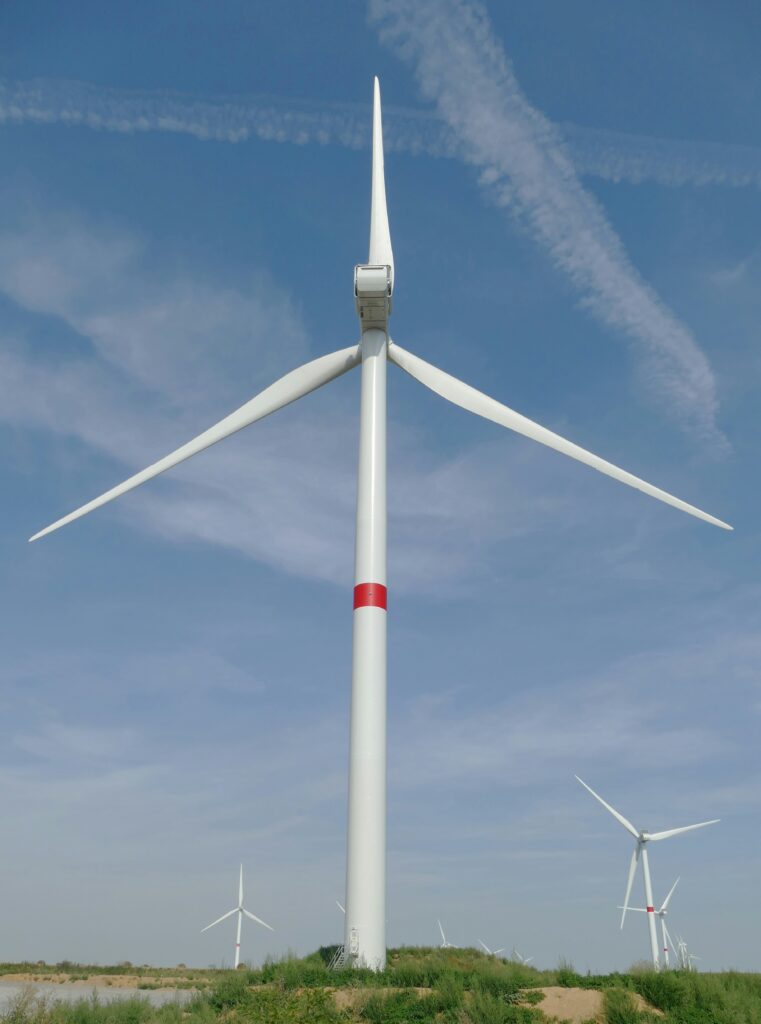
The Abandoned Windmills of California
California's landscape is dotted with abandoned wind turbines, remnants of early renewable energy efforts. These structures tell a complex story of innovation, challenges, and evolving technology in the state's quest for sustainable power.
Locations and Legacy
You'll find most of the abandoned windmills in three main areas of California: Altamont Pass, Tehachapi, and San Gorgonio Pass. These sites were pioneers in the wind energy rush of the 1970s and 1980s.
The Altamont Pass wind farm, located in Northern California, was one of the earliest in the United States. It's a testament to the state's early commitment to renewable energy.
In the San Gorgonio Pass, you'll see a mix of old and new turbines. This area, stretching from Cabazon to North Palm Springs, showcases the evolution of wind energy technology.
Reasons for Abandonment
You might wonder why these windmills were abandoned. The reasons are varied:
- Outdated technology: Early turbines were less efficient and more prone to breakdowns.
- Economic factors: Some companies, like Kenetech, went bankrupt, leaving their turbines behind.
- Environmental concerns: Older turbines posed risks to local wildlife, especially birds.
- Maintenance costs: As turbines aged, repairs became increasingly expensive.
It's important to note that not all old turbines are abandoned. Many sites have undergone repowering, replacing old units with newer, more efficient models.
Impact on Local Communities
The abandoned windmills have left a lasting impression on local communities. You'll notice their effects in several ways:
- Visual impact: The turbines have become part of the landscape, for better or worse.
- Economic shifts: Communities that once benefited from wind energy jobs had to adapt.
- Tourism: Some areas have turned abandoned windmills into attractions.
- Environmental debates: The presence of old turbines has sparked discussions about renewable energy's long-term impact.
Despite challenges, many communities remain committed to wind energy. You'll see this in the Coachella Valley, where new projects continue alongside older installations.
Technological Advancements in Wind Power
Wind power technology has come a long way since the early days of abandoned windmills in California. You'll be amazed at how innovations have boosted efficiency and output over the years.
Innovations Over Time
Did you know that modern wind turbines are vastly different from their predecessors? Early turbines were small and inefficient, but today's models are engineering marvels. You'll find turbines with blades longer than a football field, reaching heights of over 150 meters!
These giants can generate enough power for thousands of homes. Advanced materials like carbon fiber make blades lighter and stronger. Smart sensors and controls allow turbines to adjust to changing wind conditions, maximizing energy production.
Offshore wind farms are another exciting development. By placing turbines in the ocean, you can harness stronger, more consistent winds. This means more reliable renewable energy for coastal communities.
Repowering and Efficiency
Have you heard of repowering? It's breathing new life into old wind farms. Instead of abandoning old turbines, you can replace them with newer, more efficient models. This process:
- Increases energy output
- Reduces environmental impact
- Saves on infrastructure costs
Repowering has transformed places like the San Gorgonio Pass near Palm Springs. You'll see fewer turbines, but they produce much more power.
Energy storage is another game-changer. By pairing wind farms with batteries, you can store excess energy for use when the wind isn't blowing. This makes wind power more reliable and valuable to the grid.
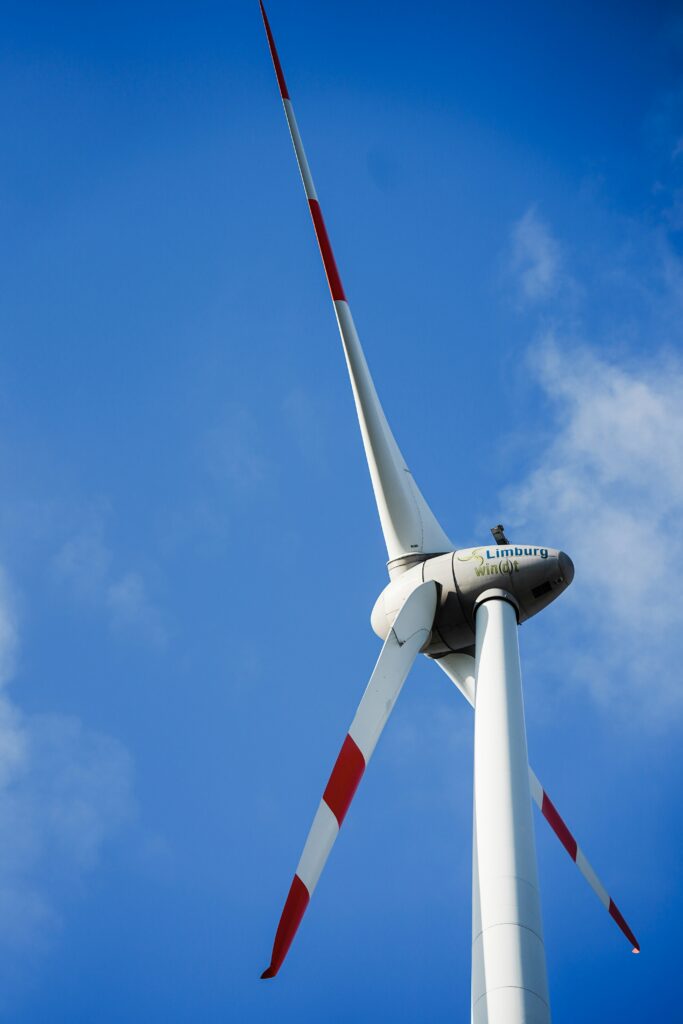
Wind Energy and Environmental Considerations
Wind energy offers a clean power source, but abandoned windmills raise ecological concerns. Efforts are underway to address wildlife impacts and restore affected areas in California's wind resource regions.
Effects on Wildlife and Habitat
Wind farms can pose risks to local wildlife, especially birds and bats. Large turbine blades may collide with flying creatures, causing injuries or fatalities. In California's San Gorgonio Pass, abandoned windmills have altered habitats.
You might notice fewer birds in areas with dense wind turbine installations. Some species avoid nesting near these structures, reducing local biodiversity. Noise from operational turbines can also disrupt animal communication and behavior patterns.
Ground-dwelling animals face habitat fragmentation due to access roads and turbine foundations. This can limit their movement and affect population dynamics.
Restoration Projects
As outdated windmills are decommissioned, restoration efforts aim to rejuvenate affected landscapes. You'll find various initiatives working to dismantle old turbines and rehabilitate the surrounding environment.
In places like Tehachapi and Altamont, projects focus on removing defunct equipment and restoring native vegetation. This helps recreate natural habitats for local wildlife.
Soil remediation is a crucial step in these restoration efforts. Teams work to reverse compaction and reintroduce native plant species. You might even participate in community-led replanting programs to support these initiatives.
Some restoration projects also incorporate educational elements. You can visit sites that showcase the history of wind energy while highlighting ongoing conservation efforts.
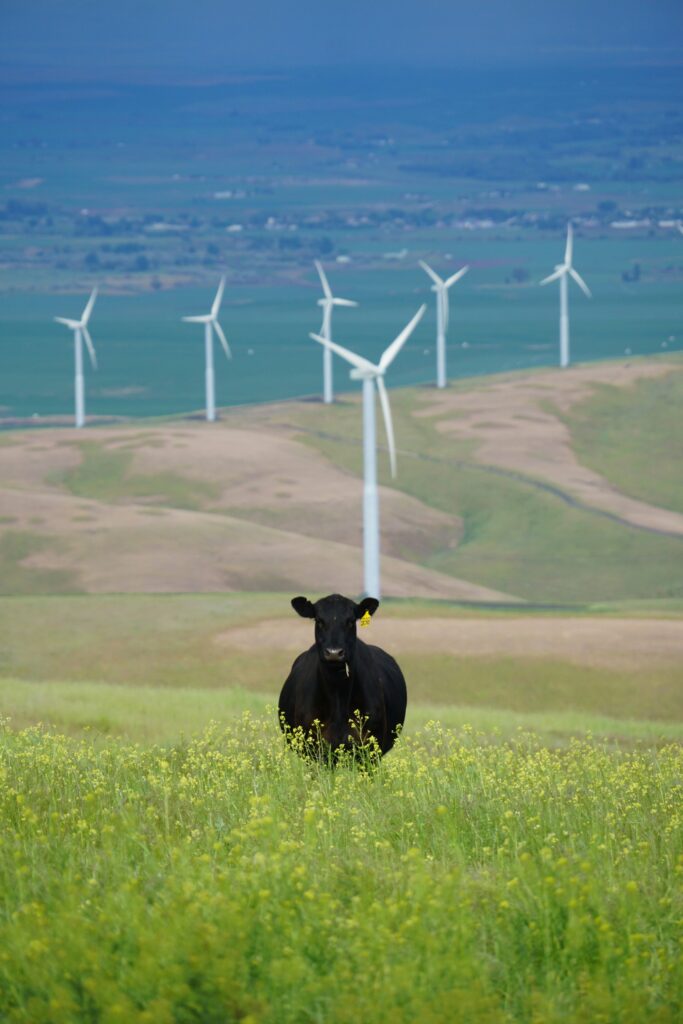
Economic Aspects of Wind Farms
Wind farms bring significant economic impacts to local communities and the energy sector. They create jobs and stimulate economies while providing renewable power at increasingly competitive costs.
Job Creation and Local Economies
Wind farms boost local economies in multiple ways. You'll find new jobs popping up during construction and for ongoing maintenance. Technicians, engineers, and support staff are needed to keep turbines spinning.
Landowners benefit too. You can earn lease payments by hosting turbines on your property. This provides a steady income stream, especially helpful in rural areas.
Local businesses see increased activity. Construction crews and workers patronize restaurants, hotels, and shops. Tax revenues grow, funding schools and public services in your community.
The Cost of Wind Power
Wind power costs have dropped dramatically. You'll be pleased to know it's now one of the cheapest forms of new electricity generation.
Initial investment is high, but operational costs are low. No fuel is needed, unlike fossil fuel plants. Maintenance is the main ongoing expense you'll encounter.
Southern California Edison and other utilities find wind increasingly cost-effective. You benefit from stable electricity prices, as wind isn't subject to fuel price fluctuations.
Technology improvements continue to drive costs down. Larger, more efficient turbines capture more wind at lower heights, reducing your expenses further.
Cultural Significance of Windmills
Windmills have played a crucial role in shaping cultural landscapes and capturing imaginations worldwide. You'll find these iconic structures featured prominently in various forms of artistic expression and recognized as powerful symbols of human ingenuity and progress.
Windmills in Art and Literature
You've likely seen windmills depicted in famous paintings and described in beloved stories. Dutch artists like Vincent van Gogh immortalized windmills in their works, showcasing their beauty and importance to the landscape. In literature, Don Quixote's famous encounter with windmills has become a classic scene, symbolizing the clash between imagination and reality.
Golden Gate Park's Dutch Windmill and Murphy Windmill have inspired local artists and writers, appearing in countless photographs and stories about San Francisco's history. These windmills serve as picturesque reminders of the park's early days and continue to captivate visitors with their charm.
Symbolism and Recognition
You might recognize windmills as symbols of environmental sustainability and clean energy. In the Netherlands, they represent national pride and the country's long history of water management. The Dutch windmill has become an iconic image, instantly recognizable around the world.
During the 1970s-1980s wind rush in California, areas like San Gorgonio Pass near Palm Springs saw thousands of wind turbines installed. While some were later abandoned, they've become part of the local landscape, symbolizing both the promise and challenges of renewable energy.
Windmills continue to hold a special place in cultural heritage, often protected as historical landmarks. You'll find them celebrated in festivals, featured on postcards, and used in logos, embodying a connection to the past and hope for a sustainable future.
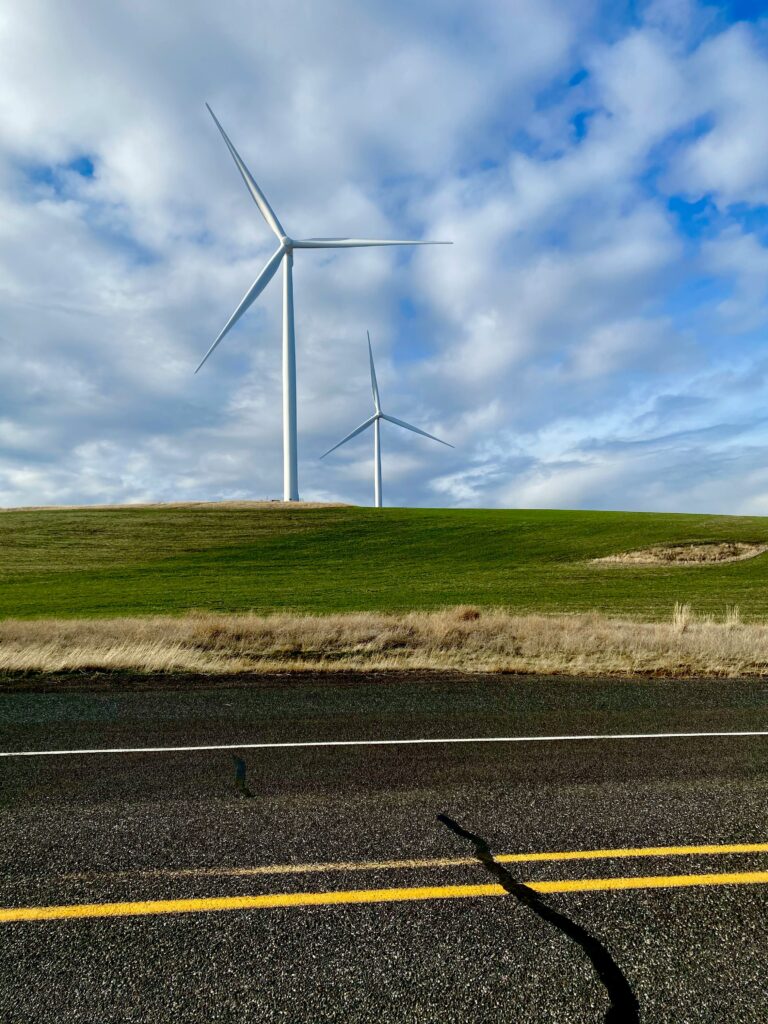
Tourism and Windmill Landscapes
California's windmill-dotted landscapes have become increasingly popular tourist attractions. These towering structures offer a unique blend of industrial beauty and sustainable energy, drawing visitors from around the world.
Discovering Windmill Routes
You can embark on scenic drives to explore California's wind farms. The Tehachapi Pass Wind Farm, located between Bakersfield and Mojave, offers breathtaking views of hundreds of turbines set against rolling hills. As you drive, you'll witness the evolution of wind energy technology, from older models to modern giants.
For a coastal experience, head to San Francisco. Near Ocean Beach, you'll find smaller windmills that add charm to the seaside landscape. These structures, while not as massive as their inland counterparts, provide a picturesque backdrop for your beach photos.
Palm Springs Windmill Tours
Palm Springs has embraced its windmills as a tourist attraction. You can join guided tours that take you up close to these engineering marvels. Palm Springs Windmill Tours offers an educational experience where you'll learn about renewable energy and the history of wind power in the region.
During the tour, you'll have the opportunity to step inside a wind turbine and see its inner workings. Knowledgeable guides explain how the turbines harness wind energy and convert it into electricity. You'll gain a new appreciation for these structures that have become iconic symbols of Palm Springs' landscape.
The Future of Wind Energy in California
California's wind energy landscape is evolving rapidly. New offshore projects and supportive policies are set to dramatically expand the state's renewable energy capacity in the coming years.
Current Projects and Developments
You might be surprised to learn that California is planning massive offshore wind farms. The California Energy Commission recently adopted a strategic plan for developing floating wind turbines off the coast. These turbines could potentially power millions of homes.
The plan includes projects near Morro Bay and off the Humboldt coast. Don't worry about these turbines ruining your beach views – they'll be at least 20 miles offshore, sometimes up to 60 miles out.
On land, you'll see continued development in areas like San Gorgonio Pass and Tehachapi Pass. These regions have long been hotspots for wind energy and will likely see upgrades to existing turbines.
Policy and Governmental Support
You can expect strong governmental backing for wind energy in California. The state is committed to achieving 100% clean electricity, and wind power is a crucial part of that goal.
California has set ambitious targets for offshore wind:
- 2-5 GW by 2030
- 25 GW by 2045
These goals are supported by various policies and incentives. You'll likely see increased funding for research and development in wind technology. The state is also working on streamlining permitting processes to speed up project development.
Keep an eye out for new job opportunities too. The growing wind energy sector is expected to create thousands of new positions in manufacturing, construction, and maintenance.
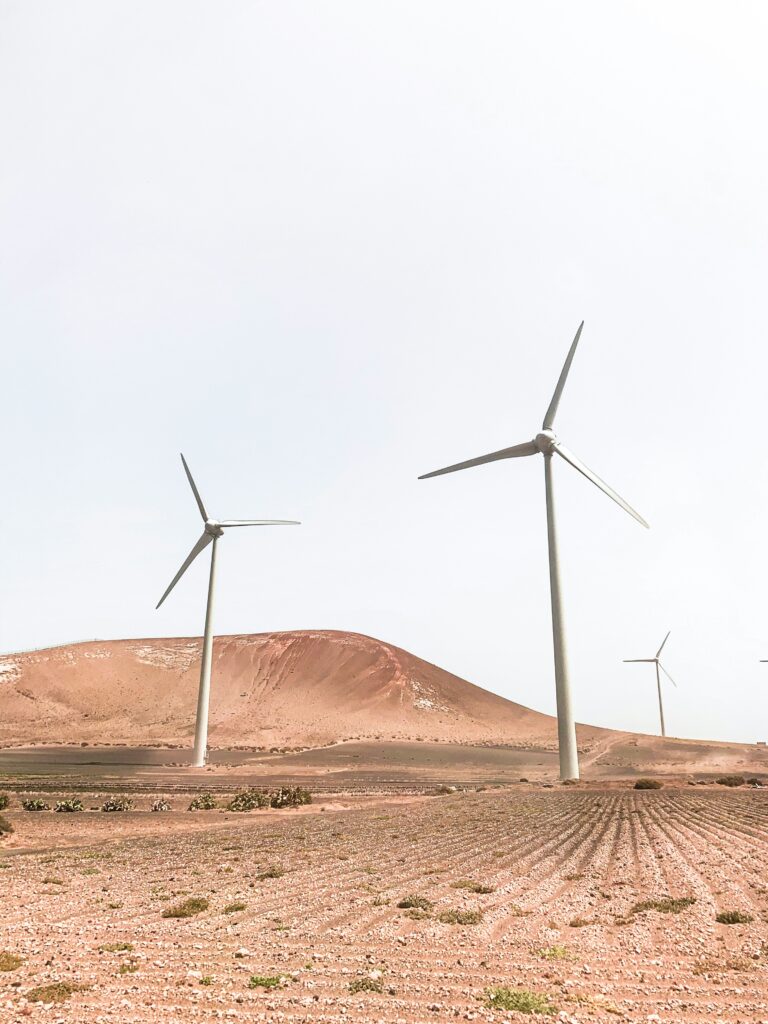
Wind Farms and Community Engagement
Wind farms have become a vital part of California's renewable energy landscape. You'll find that these projects often involve local communities in various ways, from gathering public input to offering educational opportunities.
Public Opinion and Support
You might be surprised to learn that wind farms in California often enjoy strong public support. In areas like Tehachapi, residents have embraced wind energy as part of their local identity.
Community meetings and town halls play a crucial role in addressing concerns and gathering feedback. You'll find that developers frequently adjust their plans based on local input.
Benefit-sharing programs are common too. These might include local job creation, infrastructure improvements, or contributions to community funds.
Educational Programs
Wind farm operators often partner with schools and colleges to offer educational programs. You can find field trips to wind farms where students learn about renewable energy firsthand.
Some companies provide internships or apprenticeships, giving you hands-on experience in the wind energy industry. These programs can lead to exciting career opportunities in your community.
You might also encounter informative visitor centers at wind farms. These spaces allow you to explore interactive exhibits and learn about wind energy technology.
Local libraries and community centers frequently host workshops and presentations about wind energy. You can attend these events to expand your knowledge and engage in discussions about renewable energy in your area.
The Role of Wind Energy in the Broader Energy Mix
Wind power plays a crucial part in California's energy landscape. It complements other renewable sources and faces unique challenges in the transition to cleaner energy.
Integration with Other Renewable Sources
Wind energy works hand-in-hand with other renewables to create a diverse power mix. In California, wind turbines often generate electricity at night when solar panels are inactive. This complementary nature helps maintain a consistent power supply.
You'll find wind farms like those near the Devers substation contributing to Southern California Edison's renewable portfolio. These installations work alongside solar, geothermal, and hydroelectric sources.
Energy storage systems are key to managing wind's variability. Batteries and pumped hydro storage can store excess wind power for use during calm periods.
Challenges of Energy Transition
As you explore California's wind energy landscape, you'll encounter several hurdles in the shift to renewables. Integrating wind power into the grid can be tricky due to its intermittent nature.
Grid operators must balance supply and demand carefully. This requires advanced forecasting and flexible backup power sources.
Climate change may affect future wind patterns, potentially altering wind farm productivity. You'll need to consider these long-term impacts when planning new projects.
Despite challenges, wind energy remains a vital part of California's clean energy future. Its contribution to reducing carbon emissions is significant, helping you breathe cleaner air and combat climate change.
Preservation Efforts for Historic Windmills
Efforts to save California's historic windmills have gained momentum in recent years. Dedicated groups and individuals have worked tirelessly to restore these iconic structures and share their rich history with the public.
Renovation and Museum Exhibits
The Dutch Windmill and Murphy Windmill in Golden Gate Park have undergone extensive restoration. You can now see these magnificent structures returned to their former glory.
The Dutch Windmill's renovation was completed first, showcasing its impressive rotating headcap. This feature allows the blades to adjust based on wind direction, demonstrating the advanced technology of its time.
The Murphy Windmill's restoration began in 2002. You can now visit both windmills and learn about their crucial role in the park's development. Nearby museums offer exhibits detailing the windmills' history and importance.
Learning from the Past
By preserving these windmills, you gain valuable insights into early 20th-century engineering and urban planning. The windmills' restoration teaches important lessons about sustainability and renewable energy.
You can discover how these structures once pumped millions of gallons of water to irrigate Golden Gate Park. This ingenuity transformed barren sand dunes into the lush oasis you enjoy today.
The preservation efforts also highlight the importance of community involvement. Local groups and donors have played a crucial role in saving these landmarks, showing how you can make a difference in protecting your area's heritage.

